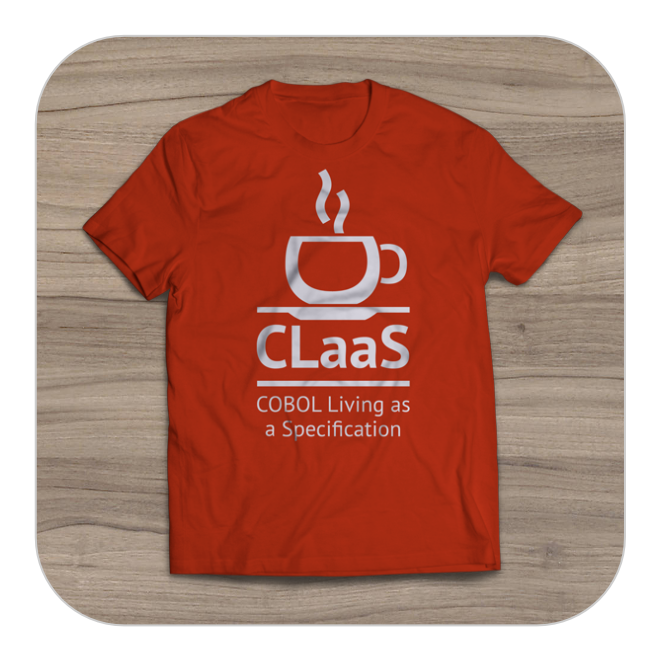Our Approach
Devoted to Leveraging Your Key Software Asset: Your COBOL
One of the most important challenges facing the software world in the twenty-first century is to advance the technology base of businesses without discarding years (even decades) of careful work in designing and implementing today’s business process automation. This existing software infrastructure often comprises the company’s most valuable software asset and, in many cases represents the company’s key strategic differentiator from its comptetition.
P3 COBOL is conceived, designed and developed expressly as a a solution to that challenge. Its architecture centers on the premise that COBOL lives as a specification of tomorrow’s systems, not as an archaic programming language to be cast out as a lost cause . This central premise is based on direct experience gained over many years offering COBOL compilers and tools, along with the development and maintenance of COBOL business systems and applications around the world and in virtually every market.
Highlights of P3/COBOL Compiler
The World’s Most Powerful COBOL to Java Modernization System
P3/COBOL enables a variety of of approaches and an overall „best practices“ approach:
These options can be utilized in any combination, also allowing for ongoing optimization of the COBOL Code to produce better Java code during the process. All of these options are compatible and complementary to a stragey of COBOL and Java in whatever form the customer requires it.
What we always suggest as best practice, is an iterative, successive approach which moves the customer and the source thru these options over time. This way, there is the minimum risk, maximum use of resources(human and technical) and in our experience the best of all possible worlds.
Another important point is the easy integration of COBOL business logic into Java applications. So the customer strategy may be to develop new java applications around the existing COBOL logic. The COBOL part can be removed from the peripherial systems, where languages like Java provide much more sphisticated solutions (e.g. GUI) and the business critical part (the calculation) core can be kept in COBOL.
The options listed can be used in any combination, and the base code (COBOL , embedded Java and Java Augmented Syntax) can be optimized throughout the entire process for the generation of the resultant Java Code. COBOL Code optimization can be achieved with some Java Analysis, Performance Analysis, EasiRun/Highway61 or EasiRun/SMART.
And, as a last “sweetener”, our solution supports COBOL development in Eclipse and mixed debugging (Java/COBOL) which is often essential in the eventual modernized environment and the new Application Server with its general remote capabilities.
Your Benefits
Potential backlog may include the following:
- Hideous task of constantly integrating and deploying
Too cumbersome testing or development processes that slow down your delivery time - Being faced with ever growing strategic challenges rather than with specific tasks
- Dealing with outdated parts of software
By making the move to the cloud, you may employ tailored cloud software to mitigate IT backlog by reducing the running, reviewing and reporting activities.
How Successful migrations work

Migrations With a Clear Strategy
One of the most important main challenges facing the software world in the twenty-first century is to advance the technology base of businesses without discarding years (even decades) of careful work in designing and implementing today’s business process automation. This existing software infrastructure often comprises the company’s most valuable software asset and, in many cases represents the company’s key strategic differentiator from its competition.

COBOL Living as a Specification
P3 COBOL is conceived, designed and developed expressly as a a solution to that challenge. Its architecture centers on the premise that “COBOL lives as a specification of tomorrow’s systems, not as an archaic programming language to be cast out as a lost cause”. This central premise is based on direct the experience gained over many years offering COBOL compilers and tools, along with the development and maintenance of COBOL business systems and applications around the world and in virtually every market.

Far-Sighted Project Planning
There is a reason that opposite to the doomsayers who predicted his death almost since its inception, COBOL still dominates even today all critical IT processes that govern our society, and because it is the language used to specify business processes since the beginning of the Information Age. Unlike most programming languages, the primary application of COBOL was to specify the exact steps you had to take to process information and facilitate the use and operation thereof.

